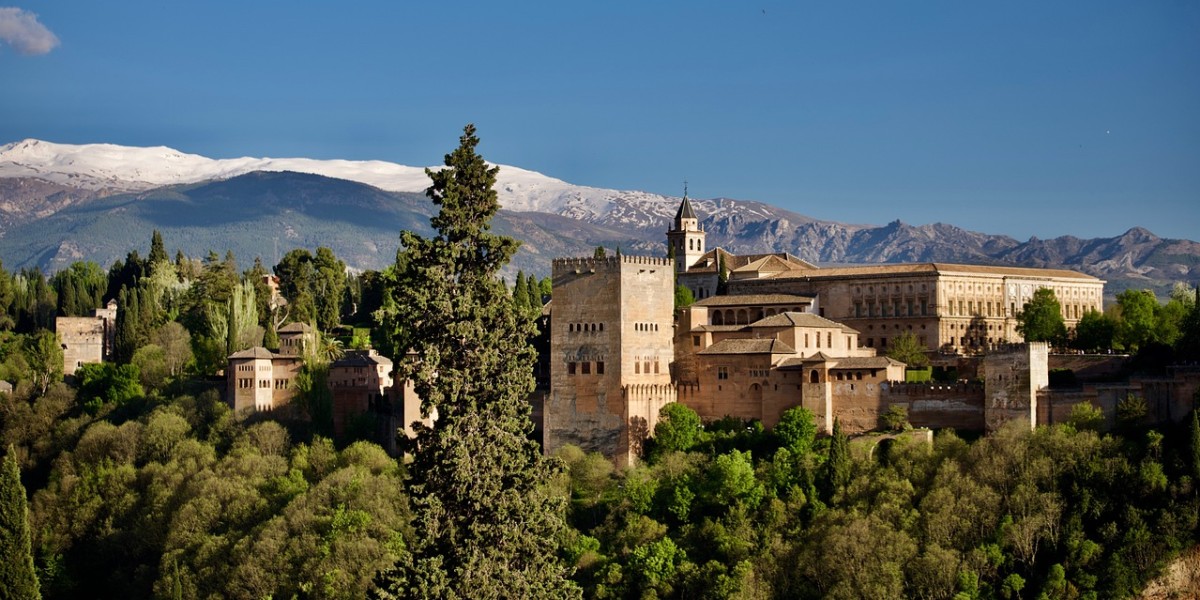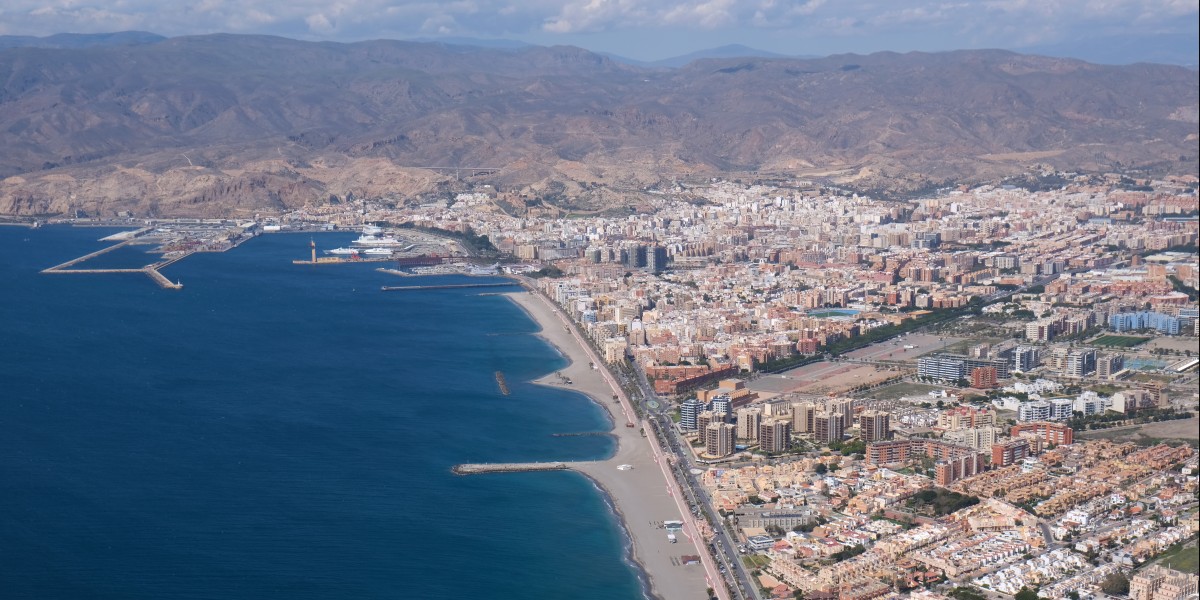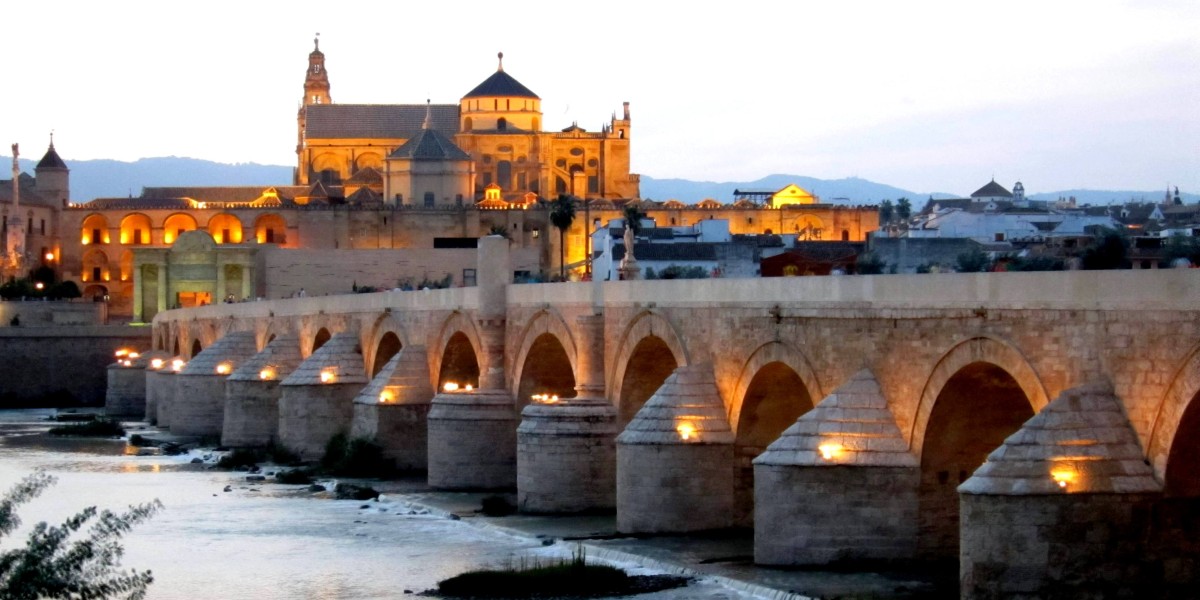
Andalusia, situated in the south of the Iberian Peninsula, is one of Spain’s largest and most iconic autonomous communities. Renowned for its rich history and exceptional cultural heritage, the region is famous not only for its art and architecture but also for its sizeable population. Read on to find out how many people live in Andalusia.
What is Andalusia's population in 2025?
According to the latest census from the Spanish Statistics Institute (INE) in early 2024 (with 2025 data expected by the end of the year), Andalusia has a population of 8,631,862. This figure accounts for nearly 18% of the country’s total population.
This makes Andalusia the most populous autonomous community in Spain, ahead of Catalonia, which has just over eight million residents, and the Community of Madrid, with around seven million.

Which Andalusian province has the most inhabitants?
Andalusia’s population is unevenly distributed across its eight provinces, with Seville topping the list. According to the most recent data from 2024, the province of Seville has a total of 1,969,075 inhabitants.
This makes Seville the fifth most populous province in Spain, behind only Madrid, Barcelona, Valencia and Alicante. Close behind is another Andalusian province – Málaga – which ranks sixth nationwide with 1,778,275 residents. In terms of land area, however, Córdoba is the largest province in Andalusia.

Andalusia's population by province
The distribution of Andalusia’s population across its eight provinces highlights a remarkably diverse demographic landscape, which has a direct impact on the region’s social, economic and cultural development. Below are the figures for each province.
- Seville: 1,778,275 inhabitants. It is the most populous province, known for its capital and surrounding metropolitan area.
- Málaga: 1,778,275 inhabitants. Its growth is largely due to the dynamic tourism and national and international immigration.
- Cádiz: 1,258,881 inhabitants. Its population is concentrated along the coast and in urban areas such as Jerez and Algeciras.
- Granada: 940,974 inhabitants. It is known for its university city and the appeal of the Sierra Nevada.
- Córdoba: 770,952 inhabitants. Its population density is lower compared to neighbouring Seville and Málaga.
- Almería: 765,128 inhabitants. Its agricultural and industrial economy drives sustained growth.
- Jaén: 618,031 inhabitants. The area is predominantly rural and sparsely populated.
- Huelva: 535,836 inhabitants. Its population is distributed between the coast, the agricultural inland and mining areas.

Which is bigger, Andalusia or Portugal?
Andalusia spans an area of 87,268 km². Portugal, by comparison – an independent country and Spain’s western neighbour – covers approximately 92,090 km². While the difference is not substantial, Portugal is slightly larger than Andalusia in terms of territory.
In terms of population, Andalusia is home to over 8.6 million people, compared to Portugal’s roughly 10.5 million. This similarity in demographic scale underlines Andalusia’s significance both within Spain and on the international stage.

Living in Andalusia
Andalusia stands out not only for its size and population, but also for the quality of life it offers. Living in Andalusia means enjoying an environment where the Mediterranean climate, with its mild winters and warm summers, blends seamlessly with a culture and sense of hospitality renowned around the world.
From the cosmopolitan atmosphere of Málaga to the historic charm of Seville, Andalusian cities offer a unique fusion of modernity and tradition. Daily life here unfolds among iconic monuments, vibrant festivals and a rich culinary heritage.

